Year 3 Teaching Resources
Explore printable worksheets, digital activities, games and more Year 3 resources, all aligned to the Australian curriculum! The teacher-created resources have all been designed with primary teachers and students in mind to meet the special needs of children as they transition into the middle years of their primary school education.
Carefully curated and thoroughly reviewed by the expert teachers of the Teach Starter team to ensure they're classroom-ready, our Year 3 resources can save you lesson planning time this school year with editable and differentiated options at the ready.
Teach Starter’s Year 3 resources utilise a vast array of resource types and have something for every learning area. Here's just a taste of what you'll find for your classroom!
- Spelling words and English worksheets
- Fractions activities and Maths worksheets
- Social and emotional learning activities
- Narrative writing stimuli
- Language conventions practice
- And so much more!
Are you new to teaching Year 3? Here's a look at what this year of primary school is all about!
What Is Year 3 in Australia?
Year 3 sits right in the middle of primary school for most students in Australia as the fourth year of compulsory education.
How Old Are Kids in Year 3?
The exact age of students will vary slightly by state (and birthday!), but most children in your Year 3 class will be 8 to 9 years old.
What Do Students Learn in Year 3?
Year 3 is a big one for Australian students. Many will sit the NAPLAN tests, and more than a few will hit double digits before the year is through. This is a big year for Maths between the introduction of more complex fractions and formal multiplication, as well as even more skill-building in other learning areas.
Exactly what they're expected to learn will depend to some degree on the state or territory where you are teaching, but here's a look at what your students can expect to encounter in the key areas of the curriculum!
English
Year 3 students continue to develop their reading, writing, speaking, and listening skills in their English lessons. Reading will involve more complex texts, including longer novels, non-fiction texts, and poetry.
Students will also be expected to analyse these texts more deeply, examining themes, character development, and literary techniques. Comprehension skill-building will require deeper analysis of texts and drawing inferences from what is read.
While Year 2 instruction focuses on basic writing skills such as sentence structure and punctuation, this older group of students will move toward more advanced writing skills such as paragraphing, using descriptive language, and organising ideas in a logical way.
Grammar and spelling will also become a greater focus this year, with an emphasis on understanding and applying more complex grammar rules and spelling patterns.
Maths
Fractions feature front and centre of the Year 3 Maths curriculum. Students will learn to identify, compare, and order unit fractions (those being fractions with a numerator of 1), as well as use them in simple problem-solving contexts.
We already alluded to this being a big year for multiplication, and is it ever! Year 3 students learn the basic multiplication facts — such as 2 x 2 = 4 and 3 x 3 = 9 — and they begin to use these facts to solve multiplication and division problems. They also learn to interpret and create simple multiplication and division problems.
Students will have the chance to build upon their understanding of measurement concepts from Year 2, including length, mass, and capacity. They'll learn to measure and estimate using standard units, plus how to compare and order measurements.
Maths students will expand their knowledge of 2D shapes this year, and they will begin to learn about three-dimensional shapes and their properties.
Place value is still a big part of maths, of course. Year 3 students expand their understanding of place value to include numbers up to 10,000, and they learn to read, write, and compare four-digit numbers. They also learn to use place value to solve addition and subtraction problems.
Science
Science instruction in Year 3 is more focused on building a deeper understanding of scientific concepts and their applications, as compared to Year 2. It also emphasises the development of scientific inquiry skills that will help kids become more proficient in conducting scientific investigations and communicating their findings.
Students in Year 3 learn to ask questions, plan and conduct investigations, collect and record data, and communicate their findings as part of their development of science inquiry skills. They spend a portion of the year learning about the characteristics of living things, including plants and animals. Year 3 students will have the chance to explore the life cycles of plants and animals, as well as learning about the needs of living things and their habitats.
While they're learning about things that live on Earth, they're also learning about the planet itself, exploring geological features such as rocks, soil, and minerals. They also explore heat energy and how it can be transferred from one object to another.
Last, but certainly not least, Year 3 students learn about the properties and states of matter, including solids and liquids (gasses are explored later on in primary school).
Humanities and Social Sciences
Building on the foundation set in Year 2, Year 3 HAAS lessons build a deeper understanding of historical events and concepts, as well as exploring the social and economic systems that underpin Australian society.
Students learn about the historical events, people, and places that have shaped Australia's history. They explore the concept of change and continuity over time and learn to use historical sources to investigate the past. Students also study significant cultural events celebrated in our country and how they contribute to Australia's diversity and identity.
Geography instruction will guide students as they learn about the physical and cultural characteristics of places and regions. They'll learn more about the representation of Australia as states and territories, and as Countries/Places of First Nations Australians. Students will also begin exploring Australia's neighbours such as New Zealand, Papua New Guinea, and Indonesia.
Civics instruction sees Year 3 students strengthening their understanding of what it means to live in a democratic society. They will draw upon their own personal experiences to examine why rules are important and to discuss how they can be active participants in the communities to which they belong.
Health and Physical Education
With their bodies rapidly changing, Year 3 students learn about the factors that influence their health and wellbeing, including the importance of good nutrition, hygiene, and sleep. They also learn about social and emotional health, including how to manage their feelings, develop positive relationships, and make safe and healthy choices.
In Year 3, there are a number of different types of safety on tap in lessons, including road safety, water safety, and personal safety. They develop an understanding of risk and learn strategies for staying safe in different situations.
Year 3 students also learn about the importance of being active and informed citizens in their community. They learn about the benefits of volunteering and begin to develop an understanding of the responsibilities and rights of individuals in society.
The Arts
In Year 3, students develop more advanced skills in drawing, painting, and other visual arts techniques. This includes studying the elements of art — such as line, shape, colour, and texture — and beginning to use these to create more complex artworks.
In music class, these children are learning all about musical notation and how to read and write simple music, while drama instruction explores different forms of drama, including role-playing, improvisation, and scripted performance. Students get the chance to learn about the elements of drama, such as character, plot, and setting, and begin to use these to create their own dramatic works.
- Free Plan
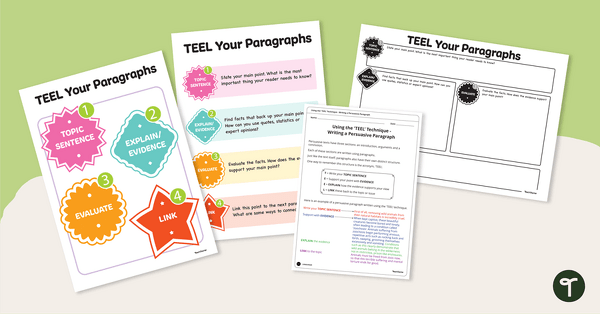
TEEL Paragraph Structure Poster and Worksheets
Explore the acronym TEEL to help with paragraph technique during persuasive writing lessons.
- Plus Plan
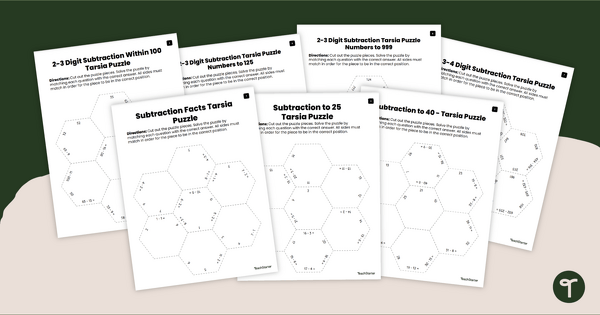
Printable Maths Puzzles - Subtraction Tarsia
Print a set of 7 Tarsia puzzles to practise solving single-to-multi-digit subtraction problems.
- Free Plan
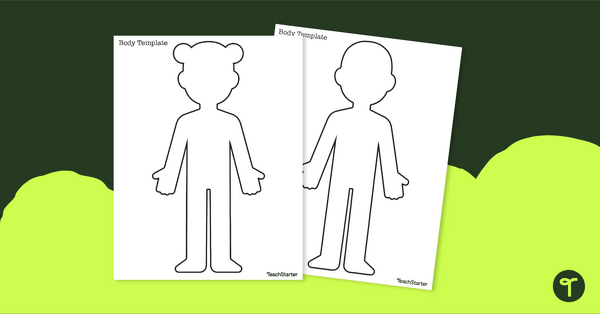
Printable Person Outline - Craft Template
Create fun likenesses of your students and famous figures with a printable person online template.
- Plus Plan
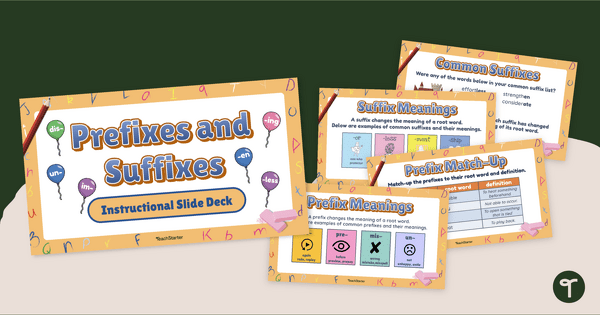
Prefixes and Suffixes PowerPoint
Learn prefix and suffix concepts with an interactive teaching presentation.
- Free Plan

Time Connectives Word Wall
Help your students demonstrate the passage of time in their writing with 35 time connective word cards.
- Plus Plan
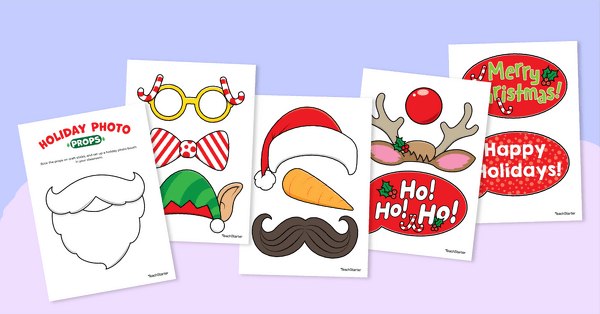
Photo Booth Props - Printable Christmas Photo Props
Set up an exciting Christmas photo booth with a printable set of Christmas photo props.
- Plus Plan
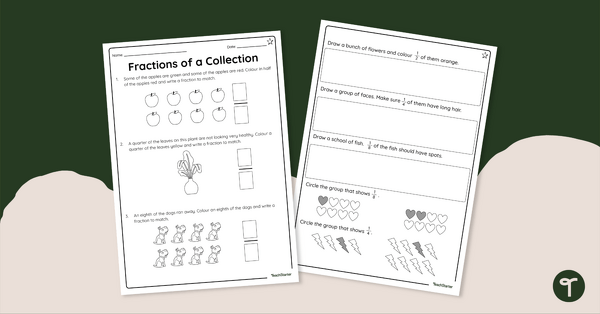
Fractions of a Collection – Differentiated Worksheets
Differentiated worksheets that focus on fractions of collections.
- Plus Plan
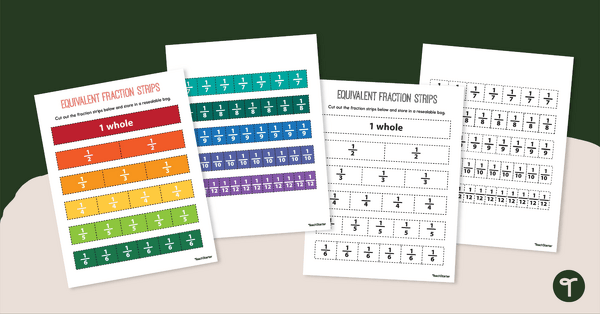
Fraction Strips
Print a set of fraction strips for the classroom! Keep the handy maths manipulative on hand for fraction games, showing equivalent fractions and more!
- Plus Plan
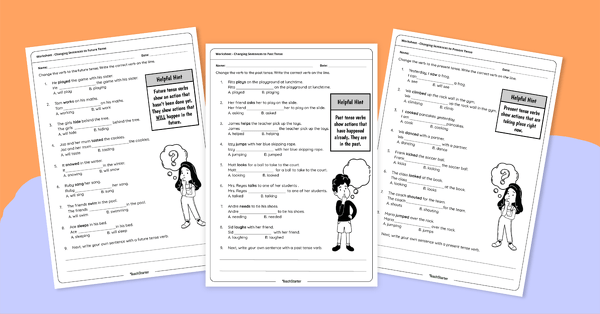
Writing Sentences in Past, Present and Future Tense Worksheets
Practise verb tense by changing sentences into past, present and future.
- Plus Plan

Rainbow Arches - Editable Desk Name Plates
Create individualised desk name plates using this editable Rainbow Arches desk name plate template.
- Plus Plan
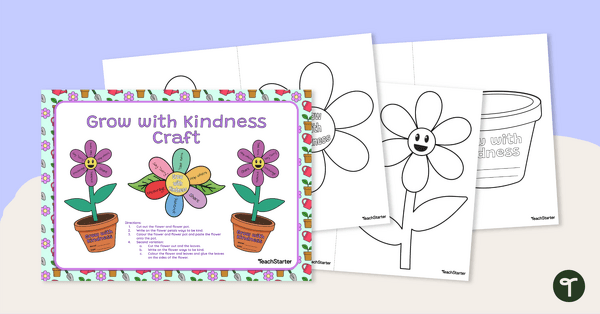
Grow with Kindness Craft
Promote kindness in the classroom with this engaging craft.
- Plus Plan
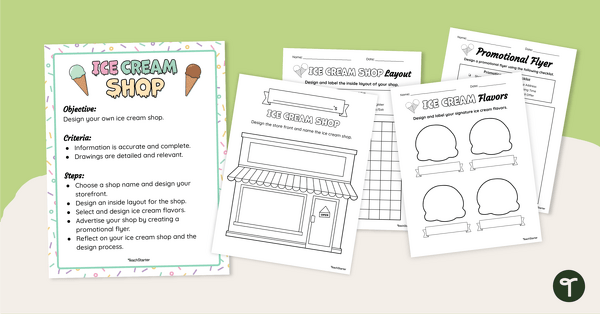
STEAM Project - Ice Cream Shop Design
Use reading, writing, maths and STEM skills to plan, design and advertise an Ice Cream Shop with a STEM education project for primary students.
- Plus Plan
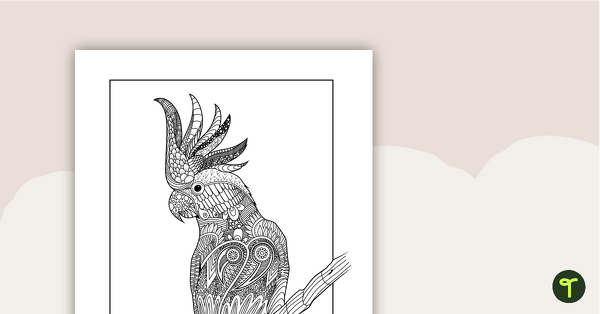
Cockatoo Mindful Colouring In Sheet
A cockatoo mindful colouring in sheet.
- Plus Plan
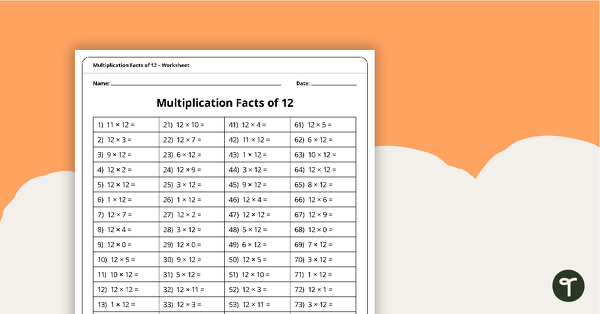
Multiplication and Division Speed Drill Worksheets – Facts of 12
A set of worksheets to help students develop fast and accurate recall of the twelve times tables.
- Plus Plan
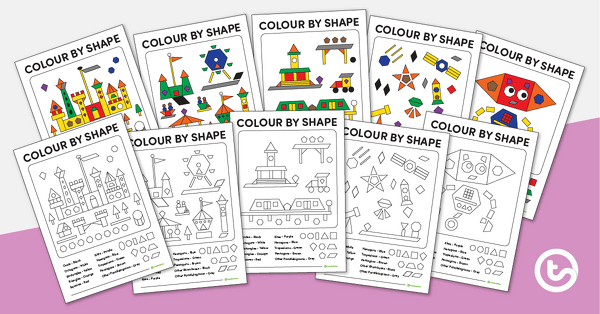
Colour by 2D Shape (Basic and Complex Shapes)
A detailed set of colour by shape activities.
- Plus Plan
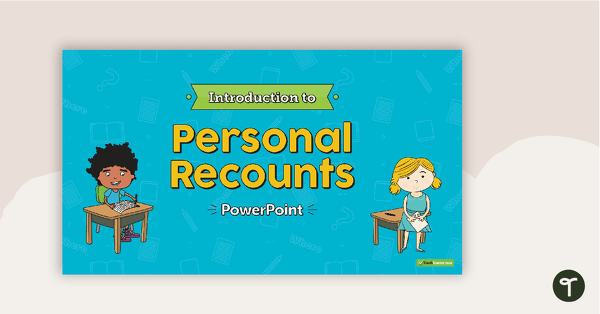
Introduction to Personal Recounts PowerPoint
An 18 slide editable PowerPoint template to use when teaching younger students about the structure and language features of personal recounts.
- Plus Plan
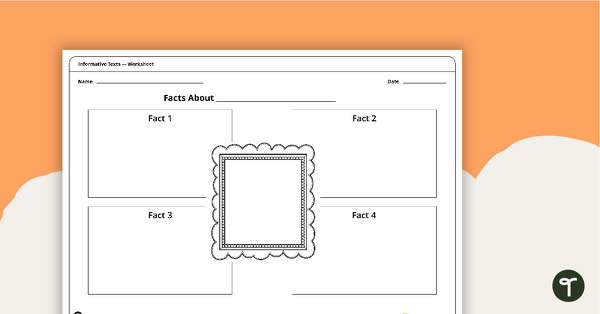
Build a Fact File Worksheet
Use this fact file template as a research tool when teaching factual writing to your students.
- Plus Plan

Natural Landmarks of Australia - Poster Pack
10 beautifully designed posters about some of Australia's most famous natural landscapes.
- Plus Plan

What's it Worth? Australian Currency Game
Use this What's it Worth? game when learning about the value of coins.
- Plus Plan
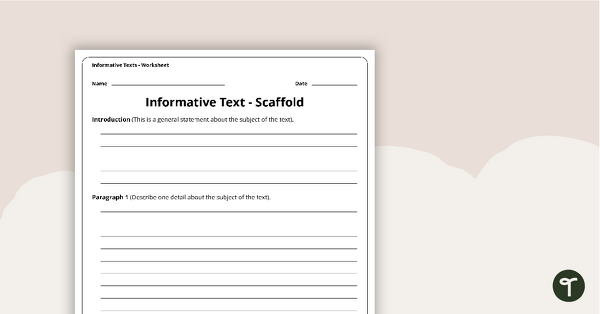
Information Report Writing Template
Use this information report template to help your students correctly structure their informative writing.
- Plus Plan
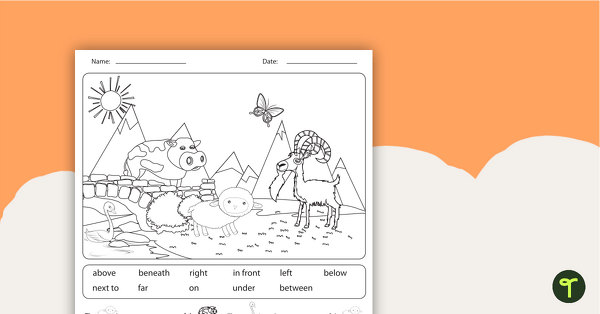
Positioning Worksheets - BW
Three worksheets using positioning vocabulary.
- Free Plan
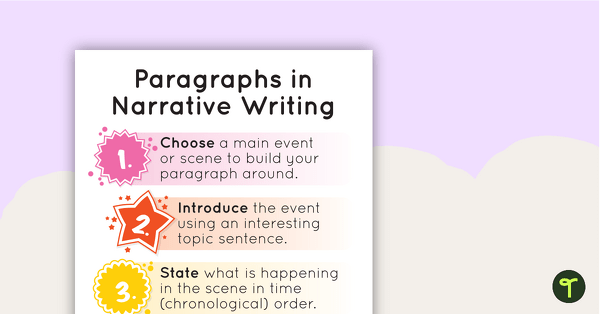
Paragraphs in Narrative Writing Poster
A poster explaining how to write paragraphs in narrative texts.
- Plus Plan
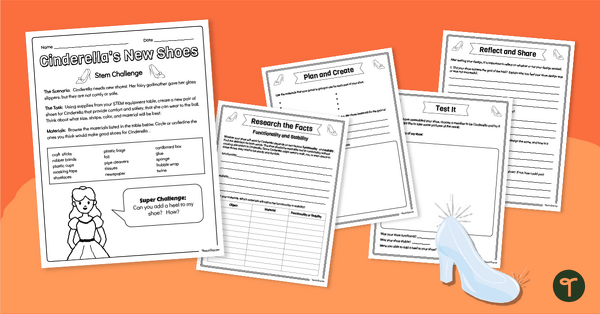
Fairy Tale STEM - Cinderella's New Shoes Design Challenge
Use Fairy Tale STEM Challenges in your classroom and enlist your students help in designing Cinderella's new shoes with an exciting design task.
- Plus Plan
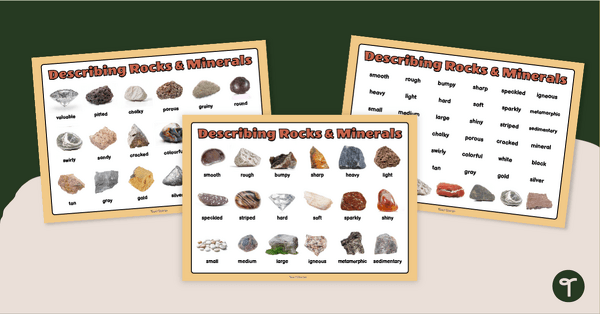
Describing Rocks and Minerals Chart Pack
Use a Describing Rocks and Minerals Chart to help your students describe the properties of rocks and minerals.
- Plus Plan
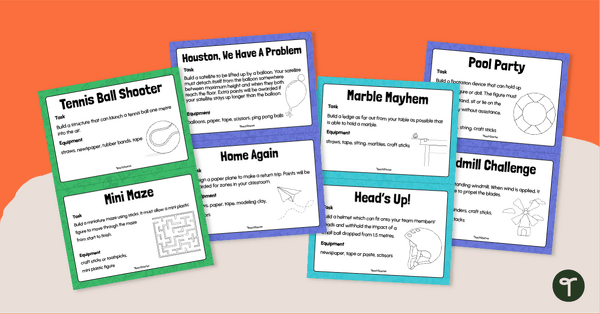
STEM Activity Cards - Middle Years
Use our easy STEM Activity Cards to inspire problem solving and creative thinking in your Year 3 and Year 4 classrooms.
- Plus Plan
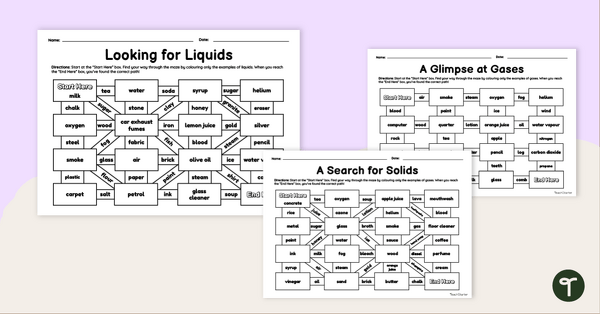
States of Matter Maze Worksheets
Practise identifying examples of solids, liquids, and gases with a set of printable States of Matter Maze Worksheets.
- Plus Plan
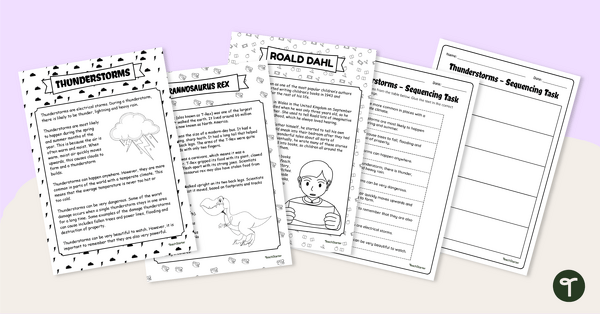
Sequence an Information Report – Cut and Paste Worksheets
Use these information report examples to teach your students about sequencing facts in a logical order.
- Plus Plan
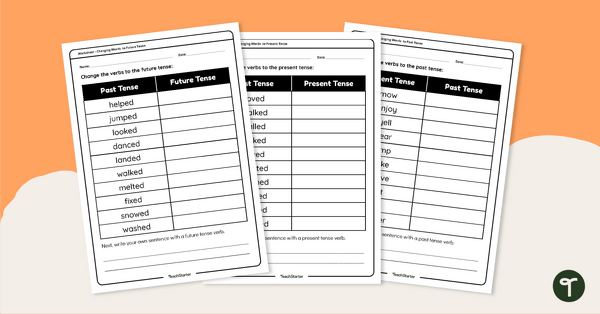
Past, Present and Future Tense Worksheets
Provide students with additional verb tense practise with worksheets focusing on changing verbs into past, present and future tense.
- Plus Plan
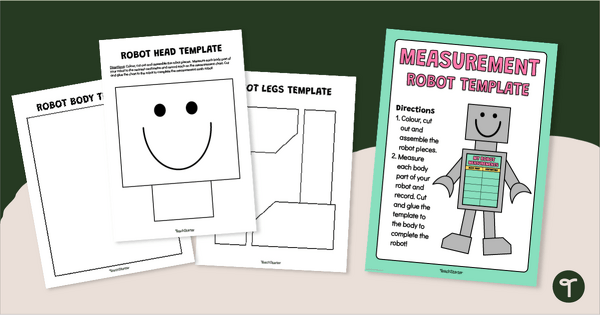
Measurement Maths Craft - Robot Template
Use a fun robot-themed maths craft with your students when learning about measuring to the nearest centimetre.
- Plus Plan

Reading Is Magic! Book Review Brochure Template
Download this book review brochure template based on the 2024 Book Week theme, “Reading Is Magic”.
- Plus Plan
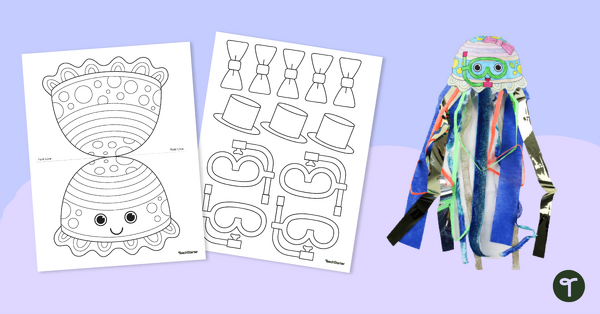
Jellyfish Craft Template for Kids
Use this cute jellyfish craft template in the classroom when studying the ocean or when creating an Under the Sea themed display.
- Plus Plan
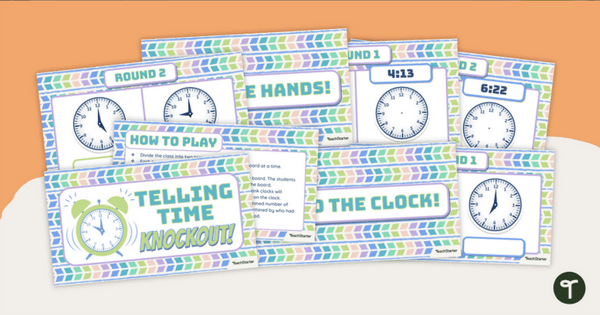
Telling Time Knockout
Practise telling time to the minute by reading analogue and digital clocks with this competitive whole-class game.